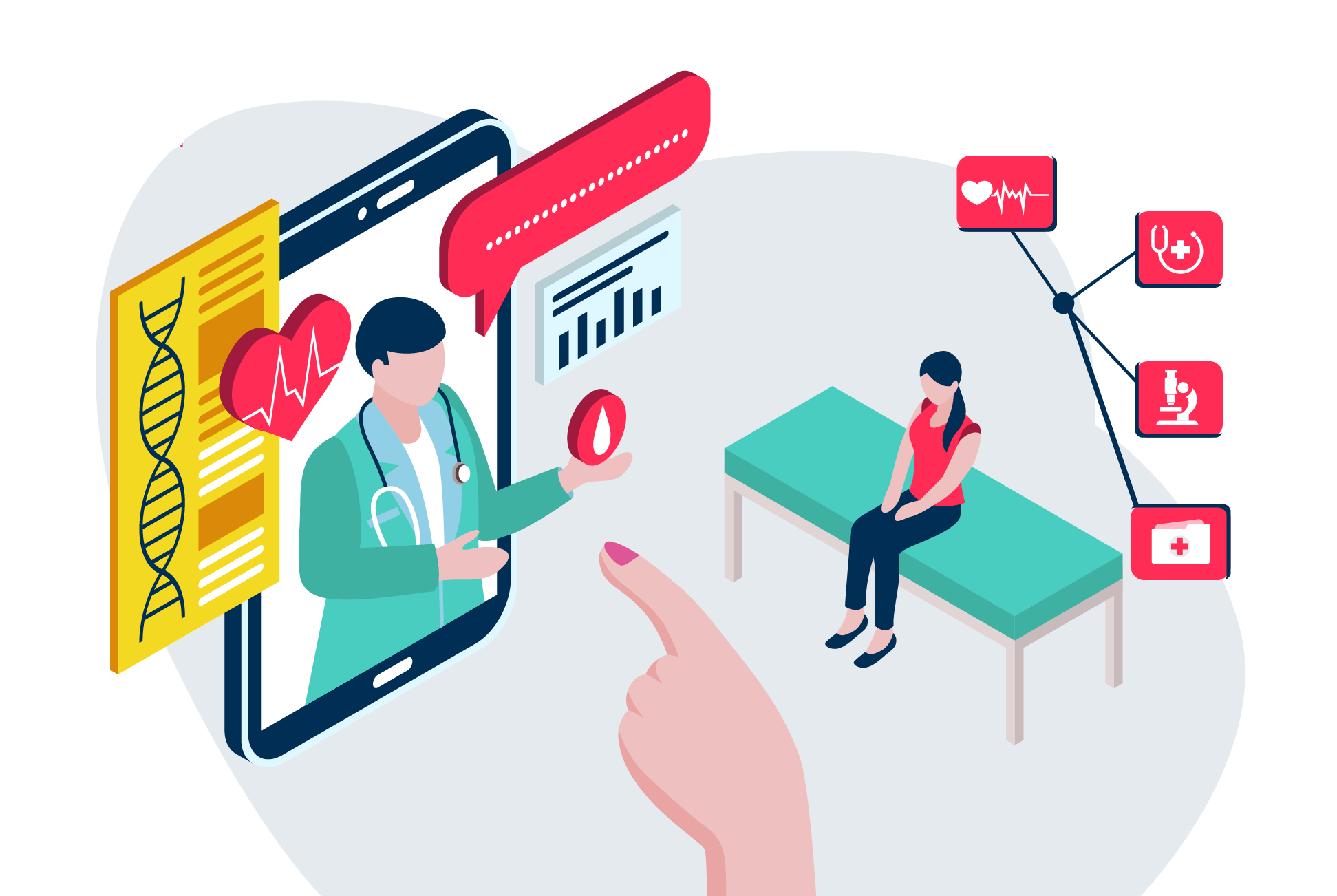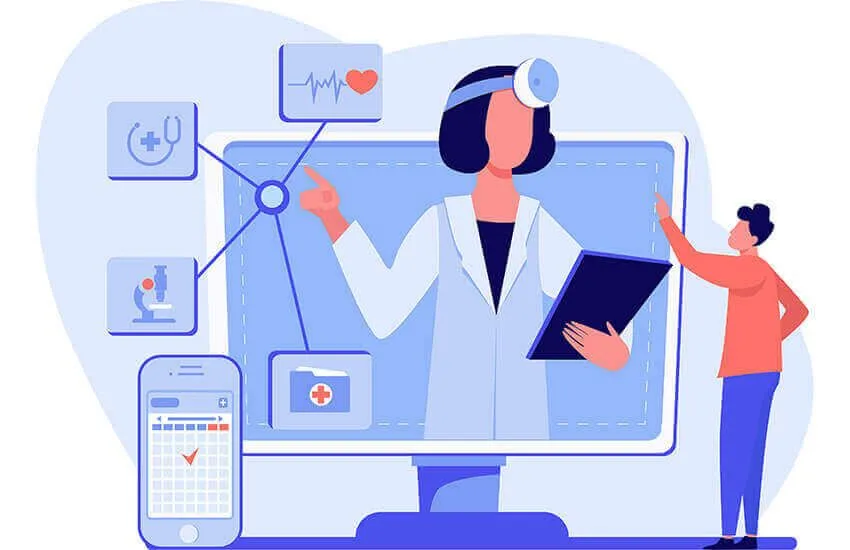EMR (Electronic Medical Records)

Electronic Medical Records (EMR) are digital versions of paper charts in a hospital or clinic. These records contain comprehensive patient information including medical history, diagnoses, medications, treatment plans, immunization dates, allergies, radiology images, and laboratory test results. EMRs enable healthcare providers to access, update, and share patient data securely, enhancing the efficiency and quality of care delivery.

Features of EMR
● Comprehensive Patient Information: EMRs consolidate patient data from multiple sources into a single, easily accessible platform.
● Clinical Decision Support: Built-in alerts, reminders, and guidelines assist healthcare providers in making informed decisions at the point of care.
● Interoperability: EMRs facilitate seamless exchange of patient information between different healthcare providers and systems, ensuring continuity of care.
● Secure Access Controls: Role-based access controls and encryption protocols safeguard patient confidentiality and comply with privacy regulations.
● Customizable Templates: EMRs offer customizable templates for documentation, enabling healthcare providers to tailor notes to their specialty and workflow preferences.
● Integration with Ancillary Systems: Integration with laboratory, pharmacy, and billing systems streamlines administrative tasks and reduces data entry errors.
● Mobile Accessibility: Mobile applications allow healthcare providers to access EMRs remotely, enhancing flexibility and responsiveness to patient needs.

Challenges in Implementing EMR:
● Initial Costs: The upfront investment required for EMR implementation, including software licenses, hardware upgrades, and staff training, can be substantial.
● Workflow Disruptions: Transitioning from paper-based to electronic record-keeping may disrupt established workflows, requiring careful planning and change management.
● Interoperability Issues: Incompatibility between different EMR systems can hinder data exchange and care coordination, especially in multi-provider environments.
● Data Security Concerns: Protecting patient information from unauthorized access, data breaches, and cyber threats is paramount but requires robust security measures and ongoing vigilance.
● User Resistance: Some healthcare providers may resist using EMRs due to unfamiliarity with technology, concerns about reduced productivity, or perceived loss of autonomy in clinical decision-making.
Advancements in EMR Technology:
● Artificial Intelligence (AI) and Machine Learning: AI algorithms can analyze vast amounts of patient data to identify patterns, predict outcomes, and personalize treatment plans.
● Natural Language Processing (NLP): NLP technology enables EMRs to extract structured information from unstructured clinical notes, improving data accuracy and usability.
● Blockchain Technology: Blockchain-based EMRs offer enhanced data security, traceability, and tamper-proof audit trails, addressing concerns about data integrity and privacy.
● Telehealth Integration: EMRs integrated with telehealth platforms enable virtual consultations, remote monitoring, and telemedicine services, expanding access to healthcare.
● IoT Integration: Integration with Internet of Things (IoT) devices such as wearable sensors and remote monitoring devices enables continuous data collection and proactive management of chronic conditions.

